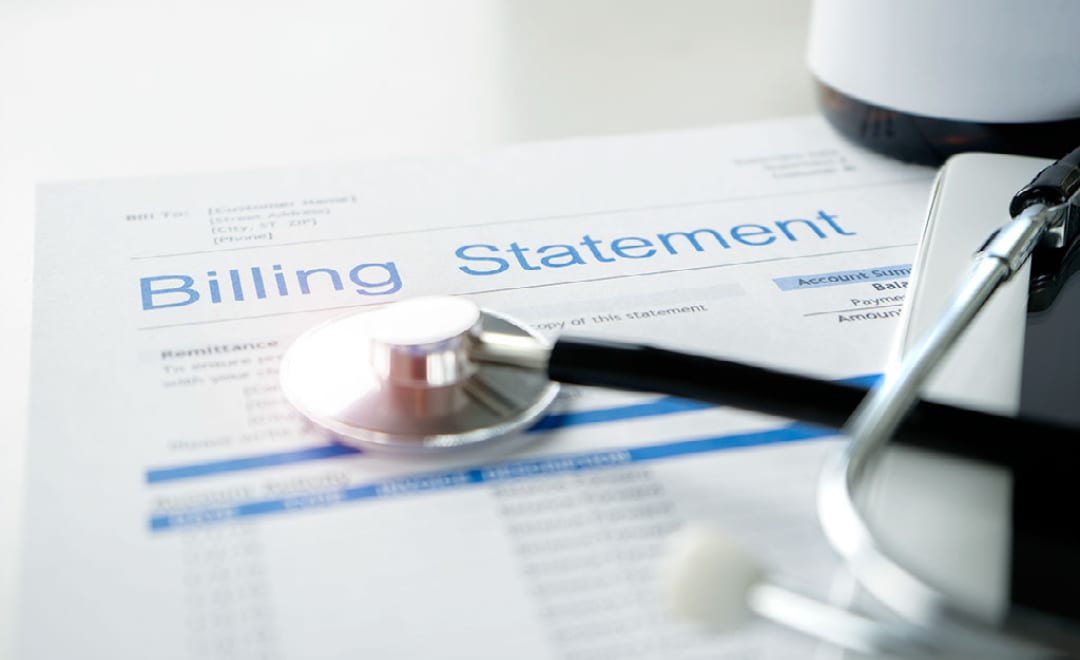If you are a self-employed individual, you can deduct 100% (no AGI reduction) of the premiums paid on behalf of yourself, your spouse, your dependents, and your children who were under age 27 at the end of the year without itemizing your deductions. This above-the-line deduction is limited to your net profits from self-employment, less the deductible part of your SE tax and contributions to SEP, SIMPLE and qualified retirement plans.
No above-the-line deduction is permitted for any month when the self-employed individual is eligible to participate in a subsidized health plan maintained by an employer of the taxpayer, the taxpayer’s spouse, any dependent, or any child of the taxpayer who has not attained age 27 as of the end of the tax year. The plan is considered to be subsidized when 50% or more of the premium is paid by the employer. This rule is applied separately to plans that provide coverage for long-term care services. Thus, if you are a self-employed individual eligible for employer-subsidized health insurance, you may still be able to deduct long-term care insurance premiums as long as you aren’t eligible for employer-subsidized long-term care insurance.
If you are a partner who performs services in the capacity of a partner and the partnership pays health insurance premiums on your behalf, those premiums are treated as guaranteed payments that are deductible by the partnership and are includible in your gross income. In turn, you may deduct the cost of the premiums as an above-the-line deduction under the rules discussed in this article.
This above-the-line deduction is also available to more-than-2% S corporation shareholders. For purposes of income limitation, the shareholder’s wages from the S corporation are treated as his or her earned income.
If you have any questions related to above-the-line deductions for self-employed individuals, contact the Experts at Henssler Financial:
- Experts Request Form
- Email: experts@henssler.com
- Phone: 770-429-9166








